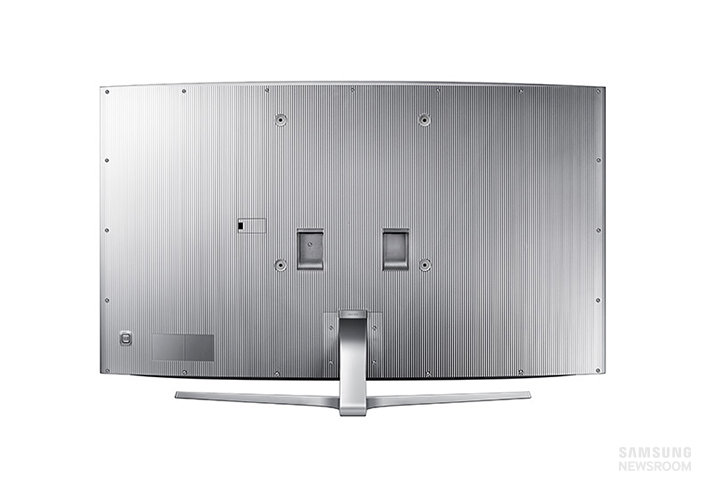Wall Mounts and Stands, Pros and Cons
Each choice for setting up a TV has good and bad points, and it is up to each person to choose the option that works best for their situation. Stands have the advantage of organization and design. They need to be set down on a flat surface, like a wall unit or a table, making the TV like a piece of furniture, too. Stands are also relatively easier to move, in case you want to place your TV in a different location. Plus, using a stand together with furniture makes it easier to organize all the cables that connect to the TV and related equipment (like a cable TV set-top box, Home Theatre Systems or a Blu-ray player), arranging them so they are out of sight and tidy. However, using a stand does mean the TV will take up more space, reversing some of the benefits of that ultra-thin screen.
Wall-mounting a TV, on the other hand, can save a lot of space in a room, making it a good choice for designing an interior that is more open. By being installed on the wall, the TV is still quite visible from the sofa or other favourite location, but it is up and away from the flow of the room. Even curved TVs can be mounted on the wall. In fact, today’s curved TVs made by Samsung Electronics have been designed with their complete appearance in mind, from 360 * degrees. The bezel wraps around the TV, appearing straight from the front, but with the sides meeting the rear of the TV seamlessly in a restrained curve. The back of the TV has a clean and simple design made of elegant black metal. No matter where you set it up, a Samsung curved TV looks stylish and sharp from all angles.





